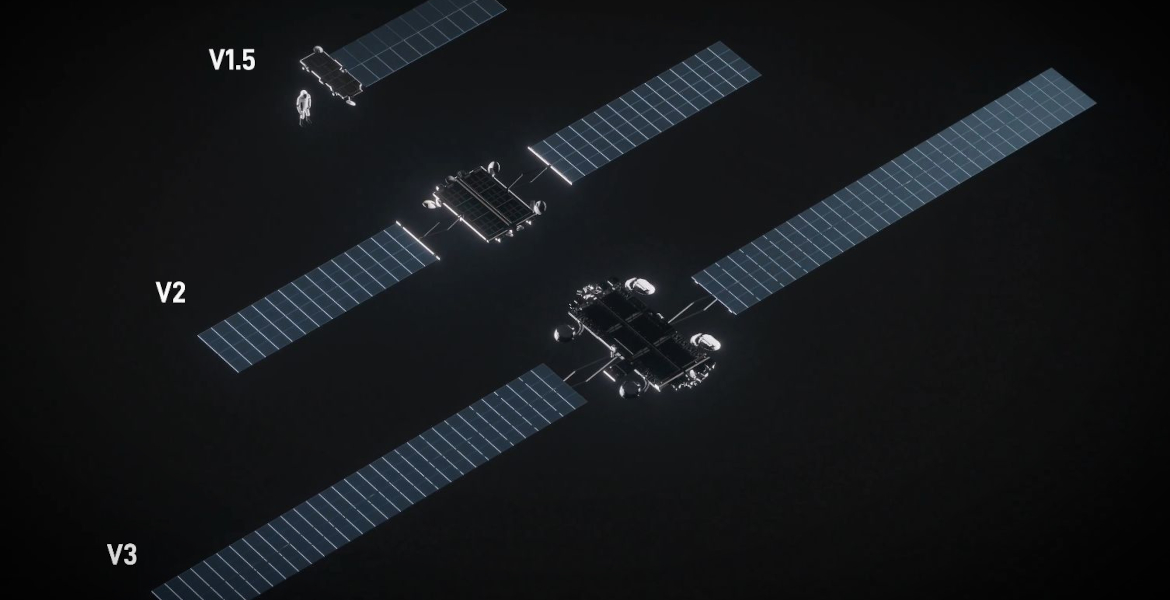Meta has used Swedish books to train its AI models. Now authors are demanding compensation and calling on the Minister of Culture to act against the tech giant.
The magazine The Atlantic recently revealed that Meta used copyrighted works from authors around the world without permission or compensation. Swedish authors are also among them.
In an open letter, published in the Schibsted newspaper Aftonbladet, 53 Swedish children's and young adult authors accuse Meta of copyright infringement.
"Meta has vacuumed our books and used them as a basis for creating AI texts. They have also often used translations of our books to train their AI models in multiple languages. This copyright infringement is systematic", the authors write.
Among the affected authors who signed the letter are Anna Ahlund, who had five works stolen, Kajsa Gordon, who had eight works stolen, and Pia Hagmar, who had 51 works stolen. The authors point out that there is a wide range of authors in fiction and non-fiction who have had several works stolen, and that many authors do not yet know that they have been affected.
"Our words are being exploited"
The authors are now calling on Sweden's Minister of Culture Parisa Liljestrand to act against Meta and demand a license fee for the use of copyrighted texts.
"We refuse to accept that our words are being exploited by a multi-billion dollar company without our consent or compensation".
It also demands that Meta disclose which Swedish authors are used to train its AI model, and that authors have the right to deny the tech giant use of the texts.
"The Swedish government often talks about strengthening children's reading. A prerequisite for reading is that Swedish cultural policy makes it possible to be an author", the authors conclude




